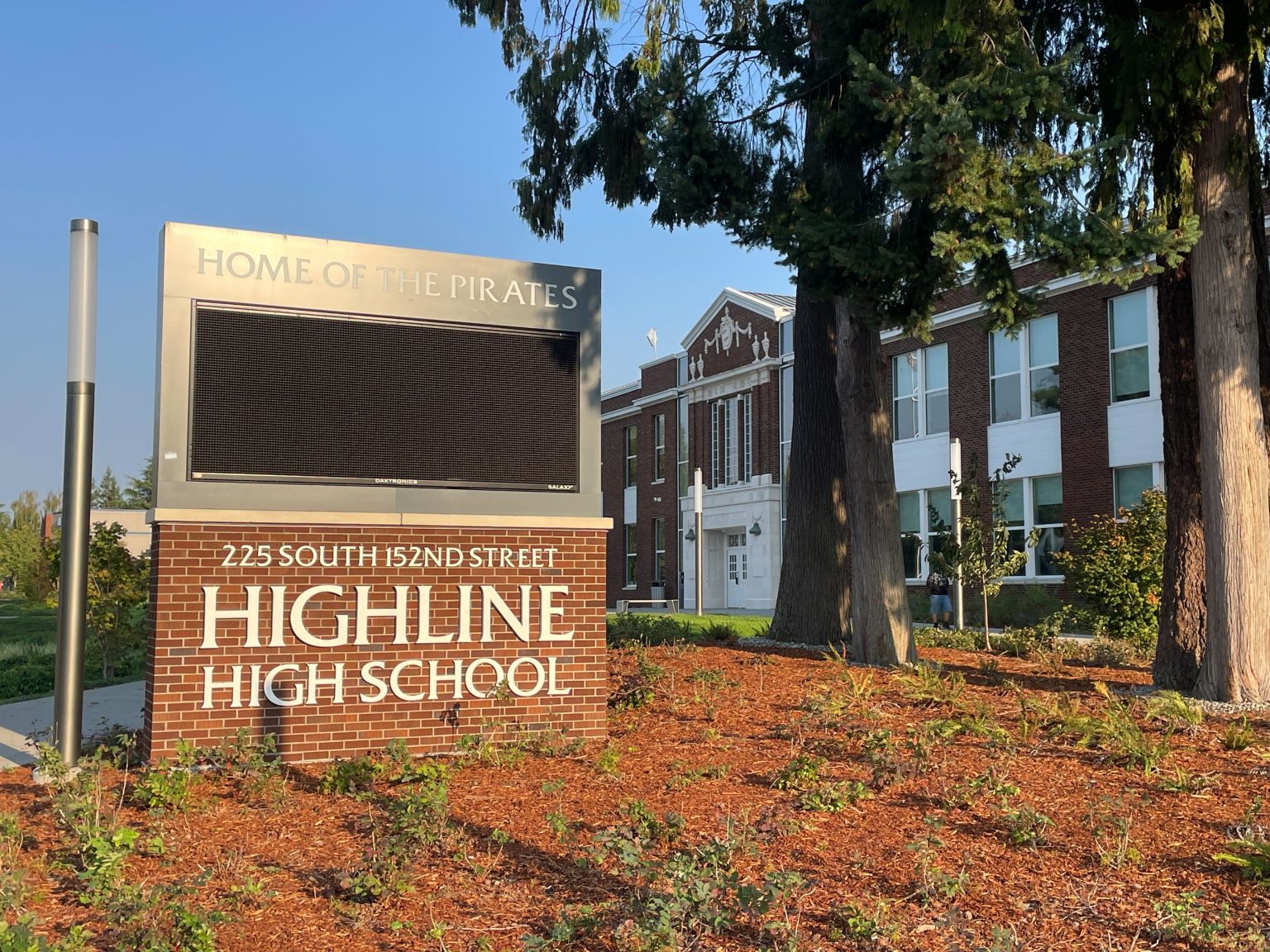Highline Public Schools, located south of Seattle, announced the cancellation of classes due to a cyberattack on their technology systems, preventing them from managing school bus transportation, attendance tracking, and issuing emergency communications. Schools are appealing targets for cybercriminals due to the valuable and sensitive information they hold online about students and staff, as well as the essential operations that are disrupted in the event of a shutdown. Attacks often come from foreign countries, with attackers extorting payments to release control of online operations or prevent the release or sale of personal information.
The disruption caused by the cyberattack on Highline Public Schools highlights the increasing frequency and severity of cybersecurity attacks on educational institutions. With the reliance on technology for various school functions, vulnerabilities are exposed that cybercriminals exploit for financial gain. These attacks not only disrupt daily operations but also compromise sensitive information, putting students and staff at risk of identity theft or other harm. The necessity for schools to invest in robust cybersecurity measures to protect themselves from such attacks is becoming more apparent.
The consequences of the cyberattack on Highline Public Schools extend beyond the temporary closure of classes. With critical systems compromised, the district faces challenges in resuming normal operations and ensuring the safety and security of its students and staff. Recovery efforts can be costly and time-consuming, as authorities work to identify the source of the attack and strengthen defenses to prevent future incidents. This experience serves as a cautionary tale for other school districts to prioritize cybersecurity measures to avoid similar disruptions.
Experts warn that cyberattacks on schools are likely to continue as criminals recognize the potential for financial gain and disruption. The widespread shift to remote learning during the COVID-19 pandemic has further exposed vulnerabilities in school systems, making them more susceptible to cyber threats. As schools increasingly rely on technology for educational purposes, the need for robust cybersecurity measures becomes even more critical to safeguard sensitive data and prevent disruptions to learning. Heightened awareness and proactive steps are essential in protecting schools from cyber threats.
The impact of the cyberattack on Highline Public Schools underscores the importance of securing critical systems and data in educational institutions. As technology becomes more integrated into school operations, the risk of cyber threats increases, requiring schools to adapt quickly to protect against potential attacks. Investing in cybersecurity measures, training staff on best practices, and implementing protocols for responding to incidents are among the steps that schools can take to mitigate risks and safeguard sensitive information. Collaboration with cybersecurity experts and law enforcement agencies can further enhance security measures to prevent future attacks.
In conclusion, the cyberattack on Highline Public Schools serves as a wake-up call for educational institutions to prioritize cybersecurity in an increasingly digital world. With schools becoming prime targets for cybercriminals, the need for proactive measures to prevent and respond to attacks is crucial to ensuring the safety and security of students and staff. By investing in robust cybersecurity infrastructure, raising awareness among stakeholders, and collaborating with experts, schools can better protect themselves from cyber threats and mitigate the impact of potential attacks. As technology continues to play a vital role in education, the need for strong cybersecurity defenses will only grow, making it imperative for schools to stay vigilant and proactive in safeguarding their systems and data.


